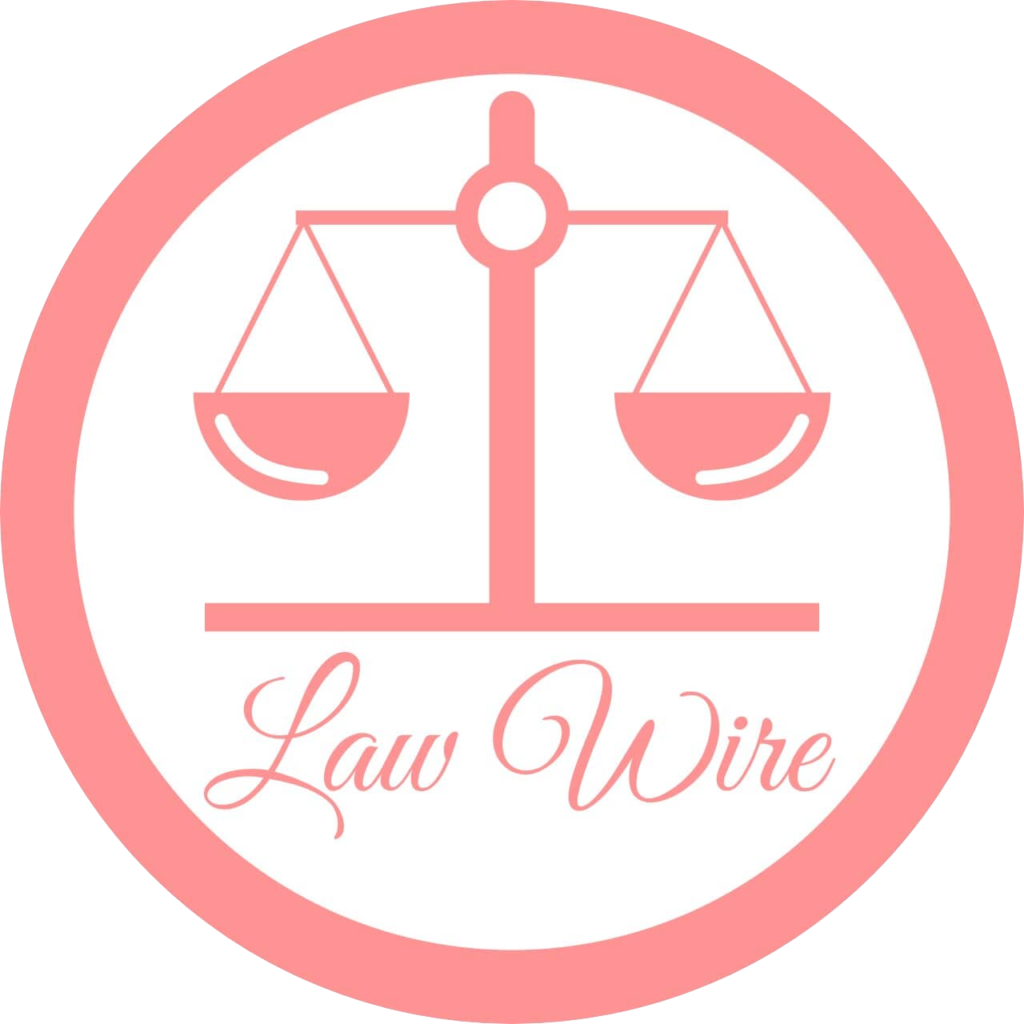Section 1: Short title––
This Act may be called the Indian Evidence Act, 1872.
Extent. –– It extends to the whole of India except the State of Jammu and Kashmir and applies to all judicial proceedings in or before any Court, including Courts-martial, other than Courts-martial convened under the Army Act, the Naval Discipline, the Indian Navy (Discipline) Act, 1934 or the Air Force Act, but not to affidavits presented to any Court or officer, nor to proceedings before an arbitrator; And it shall come into force on the first day of September, 1872.
Section 2: Repeal of enactments ––
Rep. by the Repealing Act, 1938
Section 3: Interpretation-clause––
In this Act the following words and expressions are used in the following senses, unless a contrary intention appears from the context:
“Court”––“Court” includes all Judges and Magistrates and all persons, except arbitrators, legally authorized to take evidence.
“Fact”–– “Fact” means and includes –
(1) anything, state of things, or relation of things, capable of being perceived by the senses;
(2) any mental condition of which any person is conscious.
“Relevant” –– One fact is said to be relevant to another when the one is connected with the other in any of the ways referred to in the provisions of this Act relating to the relevancy of facts.
“Facts in issue”–– The expression “facts in issue” means and includes –– any fact from which, either by itself or in connection with other facts, the existence, non-existence, nature or extent of any right, liability, or disability, asserted or denied in any suit or proceeding, necessarily follows.
“Document” ––“Document” 2means any matter expressed or described upon any substance by means of letters, figures or marks, or by more than one of those means, intended to be used, or which may be used, for the purpose of recording that matter.
“Evidence” ––“Evidence” means and includes ––
(1) all statements which the Court permits or requires to be made before it by witnesses, in relation to matters of fact under inquiry; such statements are called oral evidence;
(2) all documents including electronic records produced for the inspection of the Court; such documents are called documentary evidence.
“Proved” –– A fact is said to be proved when, after considering the matters before it, the Court; either believes it to exist, or considers its existence so probable that a prudent man ought, under the circumstances of the particular case, to act upon the supposition that it exists.
“Disproved” –– A fact is said to be disproved when, after considering the matters before it, the Court either believes that it does not exist, or considers its non-existence so probable that a prudent man ought, under the circumstances of the particular case, to act upon the supposition that it does not exist.
“Not proved” –– A fact is said not to be proved when it is neither proved nor disproved
Section 4: “May presume” ––
Whenever it is provided by this Act that the Court may presume a fact, it may either regard such fact as proved, unless and until it is disproved, or may call for proof of it.
“Shall presume” –– Whenever it is directed by this Act that the Court shall presume a fact, it shall regard such fact as proved, unless and until it is disproved.
“Conclusive proof” –– When one fact is declared by this Act to be conclusive proof of another, the Court shall, on proof of the one fact, regard the other as proved, and shall not allow evidence to be given for the purpose of disproving it.
IMPORTANT CASE LAWS
1. What is a Court ?
State of M.P. v. Anshuman Shukla, (2008) 7 SCC 487:
“The definition of “courts” under the Evidence Act is not exhaustive (see Empress v. Ashootosh Chuckerbutty [ILR (1879-80) 4 Cal 483] . Although the said definition is for the purpose of the said Act alone, all authorities must be held to be courts within the meaning of the said provision who are legally authorised to take evidence. The word “court” under the said Act has come up for consideration at different times under the different statutes.”
“…..Tribunal for all intent and purport is a court. The Tribunal has to determine a lis. There are two parties before it. Its proceedings are judicial proceedings subject to the revisional order which may be passed by the High Court.”
2. “Relevancy” and “Admissibility”:
Ram Bihari Yadav v. State of Bihar, (1998) 4 SCC 517: “…….More often the expressions “relevancy and admissibility” are used as synonyms but their legal implications are distinct and different for more often than not facts which are relevant may not be admissible, for example, communication made by spouses during marriage or between an advocate and his client though relevant are not admissible; so also facts which are admissible may not be relevant, for example, questions permitted to be put in cross-examination to test the veracity or impeach the credit of witnesses, though not relevant are admissible. The probative value of the evidence is the weight to be given to it which has to be judged having regard to the facts and circumstances of each case.……..“
